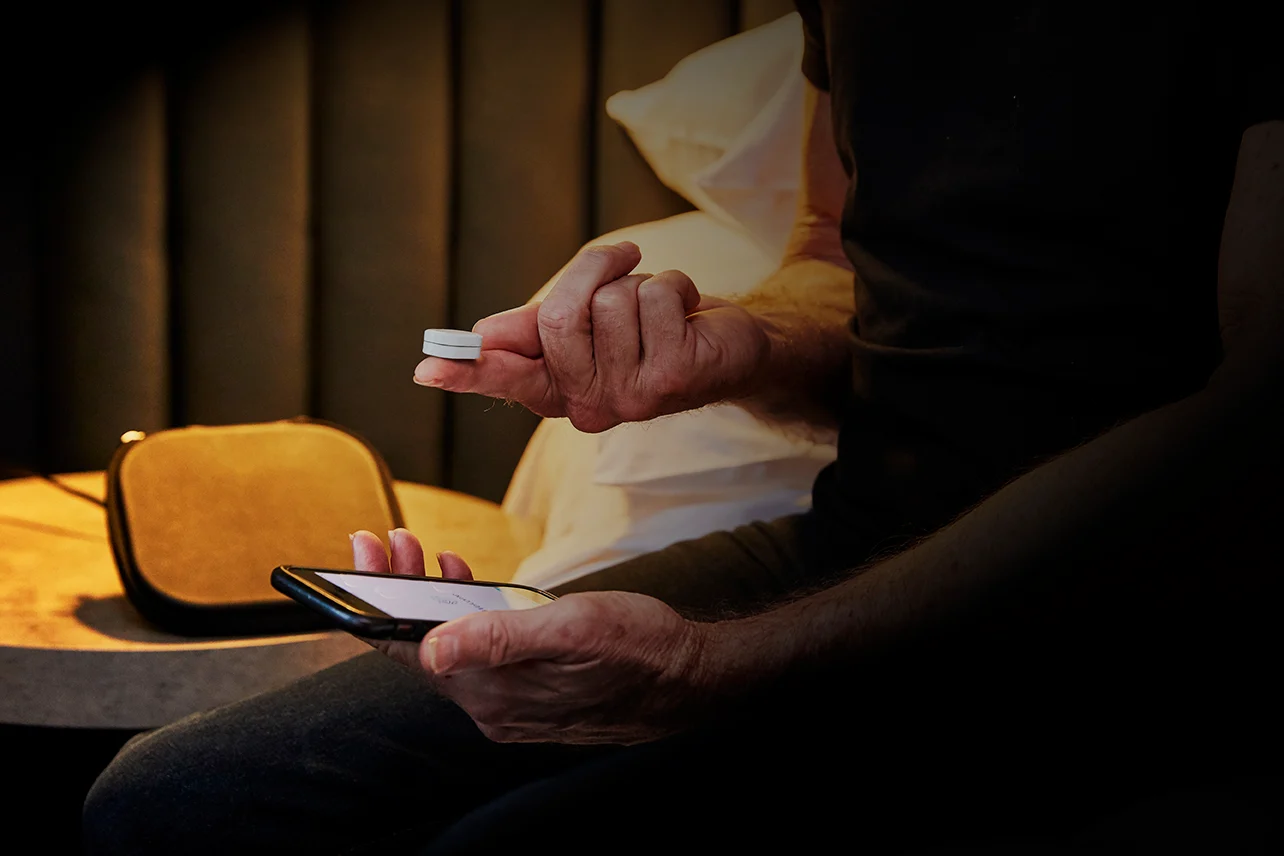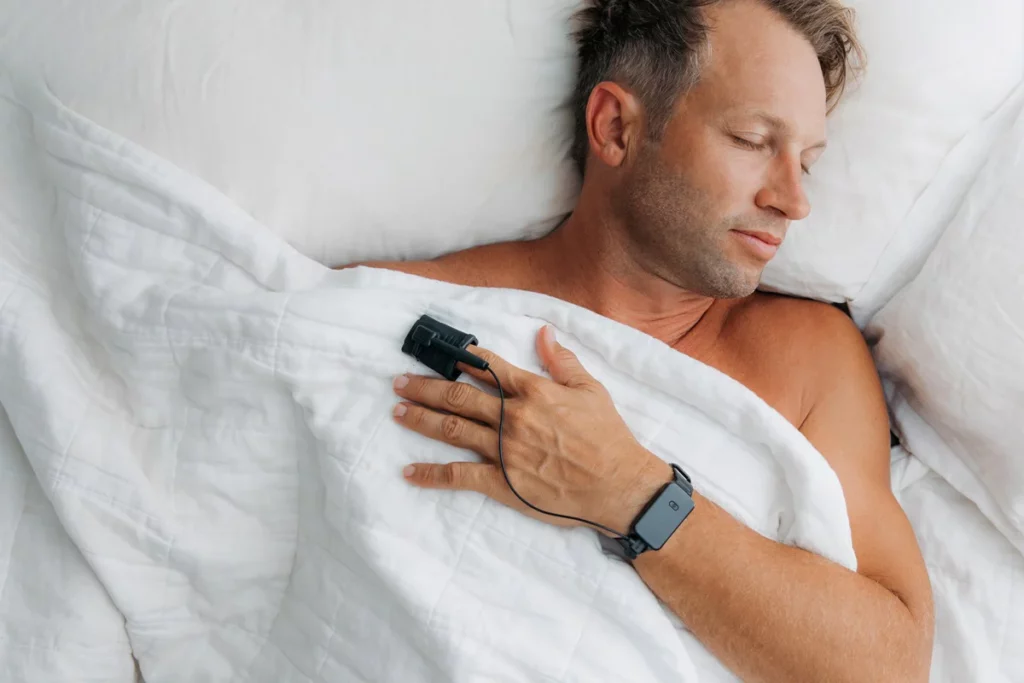Sleep Apnea Test at Home Australia: A Comfortable Option for Testing

The increase in awareness of sleep disorders has brought more focus on sleep apnea, a condition that can significantly affect quality of life. Sleep apnea testing has evolved, and with the introduction of home-based testing options, patients now have more comfortable and accessible choices. This article delves into the understanding of sleep apnea, the traditional testing methods, the recent shift towards home testing in Australia, and what you need to know to prepare for and interpret your test results.
Understanding Sleep Apnea
Sleep apnea is a sleep disorder characterized by repeated interruptions in breathing during sleep. These interruptions can last from a few seconds to minutes, often resulting in fragmented sleep and decreased oxygen levels in the body. Understanding this condition is crucial to recognizing its impact and ensuring proper treatment.
In conclusion, home sleep apnea testing offers a promising and comfortable alternative for diagnosing sleep apnea test at home Australia. By understanding the condition, preparing properly for the test, and interpreting the results effectively, you can take significant steps towards improving your sleep health and overall quality of life.
The Causes and Symptoms of Sleep Apnea
There are several causes of sleep apnea, with the most common being obstructive sleep apnea (OSA), central sleep apnea (CSA), and complex sleep apnea syndrome. Factors that may contribute to OSA include excess weight, neck circumference, age, and genetic predispositions. CSA is often related to the brain’s failure to send signals to the muscles that control breathing. In addition, lifestyle choices such as smoking and alcohol consumption can exacerbate the condition, as they relax the throat muscles and increase the likelihood of airway obstruction during sleep.
Common symptoms of sleep apnea include loud snoring, episodes of breathing cessation observed by another person, abrupt awakenings accompanied by gasping or choking, and excessive daytime sleepiness. These symptoms can lead to irritability and difficulties concentrating, impacting daily life. Furthermore, individuals may experience morning headaches, dry mouth, and difficulty staying asleep, which can further contribute to a cycle of poor sleep quality and daytime dysfunction.

The Impact of Sleep Apnea on Health and Lifestyle
Sleep apnea, if left untreated, can lead to serious health complications. Research has shown a strong association between sleep apnea and conditions such as hypertension, cardiovascular disease, diabetes, and depression. Beyond physical health, sleep apnea can affect mental health, leading to increased stress levels and decreased quality of life. The chronic fatigue and cognitive impairments associated with sleep apnea can also increase the risk of accidents, particularly in professions that require high levels of alertness, such as driving or operating heavy machinery.
Additionally, the fatigue resulting from poor sleep can impair performance at work and strain personal relationships. Recognizing and treating sleep apnea can lead to improved overall well-being and quality of life for patients. Treatment options may include lifestyle changes, such as weight loss and exercise, the use of continuous positive airway pressure (CPAP) devices, or even surgical interventions in severe cases. By addressing sleep apnea proactively, individuals can reclaim restful nights and enhance their daytime functioning, ultimately leading to a more fulfilling life.
The Traditional Approach to Sleep Apnea Testing
Traditionally, the gold standard for sleep apnea diagnosis has been in-clinic sleep studies, also known as polysomnography. These tests are conducted in specialized sleep centers equipped to monitor various bodily functions while the patient sleeps.
The Process of In-Clinic Sleep Studies
During an in-clinic sleep study, patients are typically asked to arrive at the sleep center in the evening. Once there, they are connected to a series of sensors that monitor brain activity, eye movements, heart rate, respiratory effort, and oxygen levels. This extensive monitoring helps clinicians gather data for a comprehensive analysis of the patient’s sleep patterns.
The procedure usually lasts for a full night, with the sleep technician observing and documenting any disruptions. After the study, patients usually receive a detailed report outlining their sleep patterns and any incidences of apnea.
The Challenges with Traditional Sleep Apnea Testing
While in-clinic sleep studies are thorough, they also come with challenges. Many patients find the environment of a sleep lab unsettling, which can affect their ability to sleep normally. The presence of monitoring equipment and the unfamiliar surroundings can contribute to anxiety, often leading to compromised test results.
Additionally, scheduling an appointment for a sleep study can involve long waiting periods, making access to testing delayed. Lastly, the high costs associated with in-clinic testing can be a barrier for many individuals seeking help for potential sleep apnea.
Moreover, the logistics of attending a sleep study can be daunting for some patients. For instance, those living in remote areas may face significant travel distances to reach a sleep center, which can be both time-consuming and exhausting. This inconvenience can deter individuals from pursuing necessary evaluations, ultimately prolonging their struggle with sleep apnea symptoms. Furthermore, the need to take time off work or arrange for childcare can add additional stress to an already anxious situation, making it even more challenging for patients to prioritize their health.
In addition to these practical challenges, there is also a psychological aspect to consider. Many patients may feel a sense of vulnerability when undergoing such tests, as they are often in a foreign environment and reliant on technology to monitor their most private moments of rest. This can lead to a heightened sense of self-consciousness, further complicating the ability to achieve a natural sleep state. As a result, the data collected may not accurately reflect the patient’s typical sleep patterns, potentially leading to misdiagnosis or inappropriate treatment recommendations. Read more about environment at https://environment.gov.pk/
The Emergence of Home Sleep Apnea Testing in Australia
In response to the challenges associated with traditional sleep studies, the concept of home sleep apnea testing (HSAT) has gained traction in Australia. These tests offer a more comfortable alternative, allowing patients to be tested in their own homes while retaining effective monitoring capabilities.
The Technology Behind Home Sleep Apnea Tests
Home sleep apnea tests utilize portable monitoring devices that can measure key parameters similar to those tracked in a sleep clinic. Patients typically receive a device that records breathing patterns, oxygen levels, and heart rate while they sleep.
These devices are designed for user-friendly operation, often requiring minimal setup. Patients are guided on how to wear the device correctly to ensure accurate readings, making it a more accessible option for many. The technology has advanced significantly, with some devices even incorporating smartphone applications that allow users to track their sleep data in real-time, providing insights into their sleep quality and patterns.
To read about sleep apmea test Brisbane click here.
The Benefits of Home Sleep Apnea Testing
The advantages of home sleep apnea testing are significant. One of the most notable benefits is comfort; patients can sleep in their own beds in familiar surroundings, which may lead to more accurate test results. Furthermore, home testing is generally more affordable than traditional methods, significantly increasing accessibility.
Additionally, home sleep tests allow for faster diagnosis and subsequent treatment initiation, as patients typically receive results sooner than with in-lab studies. This shift toward home-based testing presents a valuable opportunity for a larger demographic to seek answers regarding their sleep health. Moreover, the convenience of HSAT can encourage those who might otherwise avoid seeking help due to anxiety about clinical environments, thus promoting a proactive approach to managing sleep disorders.
Furthermore, the rise of telehealth services complements home sleep apnea testing by enabling healthcare professionals to provide consultations and follow-up care remotely. This integration ensures that patients can receive comprehensive support throughout their diagnosis and treatment journey, enhancing the overall effectiveness of sleep apnea management. As awareness of sleep disorders grows, the combination of innovative technology and accessible healthcare solutions is paving the way for improved outcomes in sleep health across Australia.
How to Prepare for a Home Sleep Apnea Test
Preparation for a home sleep apnea test involves a few essential steps to ensure accurate data collection. Taking the time to set up your environment properly can significantly enhance the testing experience.
Setting Up Your Home for the Test
To prepare for your home sleep apnea test, first ensure that you’ll be sleeping in a quiet, comfortable environment. Minimize potential disturbances by turning off devices that may produce noise and ensuring the room is at a comfortable temperature. The quality of sleep during the test is crucial; hence, consider using blackout curtains to block out any light that could disrupt your rest.
Familiarize yourself with the testing equipment, ensuring you know how to properly wear and operate it. Follow your healthcare provider’s instructions regarding any pre-test preparations, such as dietary restrictions or the use of medication related to sleep. It’s also beneficial to have a brief discussion with your healthcare provider about any concerns or questions you might have regarding the test. Understanding the purpose of each component of the device can help alleviate anxiety and make you feel more at ease during the testing process. Click here to find more about equipment.
What to Expect During the Test
On the night of the test, you will place the monitoring device according to the provided instructions. After setting it up and ensuring that everything is connected correctly, you can proceed to bed as you would on a typical night.
While some may initially feel self-conscious or anxious about wearing the device, remember that it’s designed for comfort and ease of use. The device will automatically record your sleep data throughout the night, and you’ll only need to return it as instructed the following day for analysis. It’s important to maintain your usual sleep routine as much as possible, as this will help the device capture accurate readings. If you typically read or listen to music before bed, consider continuing these habits to promote relaxation. Additionally, if you have a partner, inform them about the test so they can support you and avoid any disruptions during the night.

Interpreting Your Home Sleep Apnea Test Results
After your home sleep apnea test, you will receive results that indicate the presence and severity of sleep apnea. Understanding these results is essential for informing the next steps in your care.
Understanding Your Test Results
Your test results will typically include information on the number of apneas or hypopneas (partial blockages of the airway) you experienced per hour of sleep, known as the apnea-hypopnea index (AHI). An AHI of 5-15 indicates mild sleep apnea, 15-30 suggests moderate sleep apnea, and over 30 indicates severe sleep apnea.
In addition to the AHI, the report may detail oxygen desaturation events, average oxygen levels, and overall sleep quality. Understanding these metrics will help you and your healthcare provider determine the best treatment options moving forward.
Next Steps After Receiving Your Results
Following your test results, the next steps depend on the severity of the sleep apnea diagnosed. Many patients may benefit from lifestyle modifications, such as weight loss, positional therapy, or behavioral changes to improve sleep hygiene.
For those with moderate to severe sleep apnea, your doctor may recommend the use of continuous positive airway pressure (CPAP) therapy, oral appliances, or in some cases, surgical interventions. It’s essential to discuss any treatment options, potential side effects, and long-term management strategies with your healthcare provider to choose the best path forward for your specific situation.